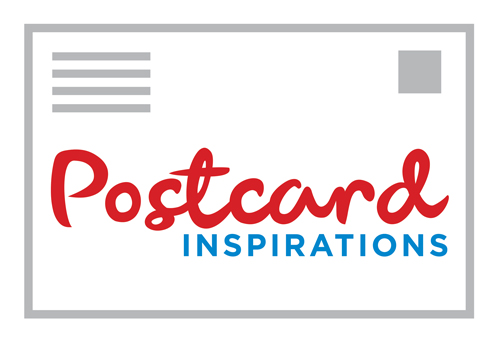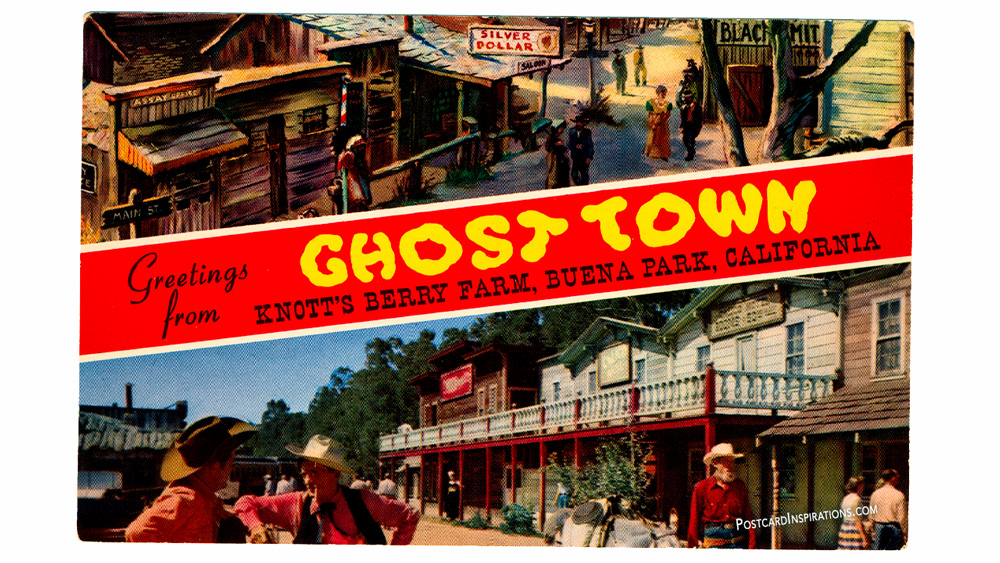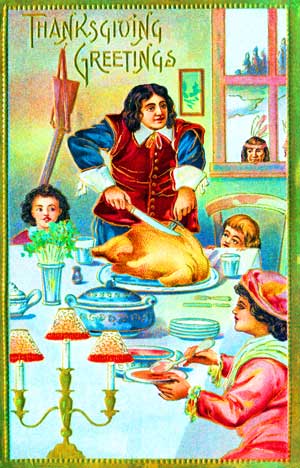The friendship between Walter Knott and Walt Disney is a tale of how two men named Walter turned Orange County, California into the premiere theme park area in the state, and also how they influenced each other’s theme parks in several different ways. It is an unlikely friendship, as the two men had quite different backgrounds and lives, but it was a genuine one, with sincere mutual admiration on both sides. Together, these two men created something beautiful—a part of California that placed its firm focus on the family and making entertainment that was appropriate for all ages, so all generations could enjoy it together.
When Walter Knott began turning his roadside berry stand and restaurant into a theme park attraction in earnest in 1940 (his park today is considered America’s first theme park), a man with a successful cartoon animation company named Walt Disney was one of his biggest supporters. Disney was absolutely fascinated by how long people were willing to stand in line just to eat dinner at Knott’s restaurant and have a look at his makeshift ghost town replica. Knott’s attraction was a lesson in how Disney wanted to do things going forward, as he already had the idea for Disneyland, though construction on it wouldn’t begin for more than a decade from the time Knott started the beginnings of his park.
Disney made an overture of friendship to Knott, not only to learn from him but because he genuinely liked the man. Knott liked Disney in return, and a friendship between the two men formed fairly quickly after their first introduction. The two men would take their wives out swing dancing and antique shopping together as a foursome. The two Walters also came into contact with each other in a business setting, as both men were on the planning council for the Children’s Hospital of Orange County. In 1948, when Disney began formulating his vague ideas for a theme park of his own into an earnest intent to build one, he got assistance and advice from Knott. In fact, the two men never competed with each other with their theme parks, though both parks were located near each other. Instead, they not only helped each other, but they also came up with joint ideas on how to best serve their potential customers.
In 1952, Knott invited Disney and Disney’s wife Lillian to be his special guests at the opening of his Calico Railroad ride at his theme park. Disney used the inspiration he received from Knott’s railroad for the building of his own railroad at Disneyland. There were several other attractions of Knott’s that inspired Disney for his own park, which opened in 1955. Knott’s Butterfield Stagecoach Ride inspired Disney to build the Rainbow Mountain Stagecoach Ride for the opening day at Disneyland. Knott’s ghost town was the inspiration for Disney’s Frontierland. Disney even acquired Knott’s century-old Dentzel Carousel, and turned it into the King Arthur Carrousel in Fantasyland at Disneyland, even including the same antique band organ that had been on it when Knott owned it.
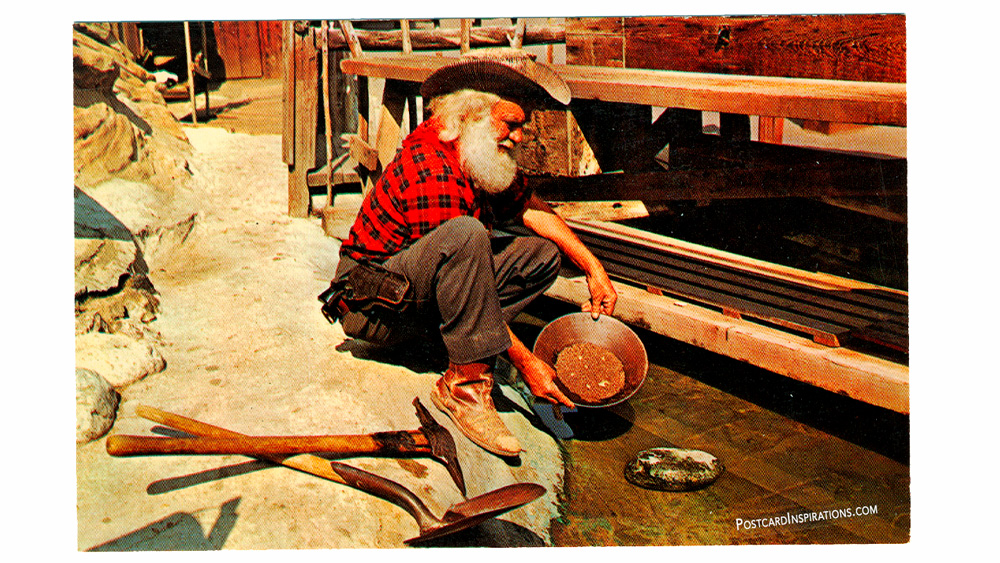
The old prospector pans out some rich yellow in the stream at Knoot’s.
Even Disney’s iconic Enchanted Tiki Room was inspired by Knott’s park. At Knott’s park, there was a collection of exotic birdcages, with Knott filled with automated whistling birds. These simple automated bird figures were the inspiration for the style of robotics Disney used in his park that eventually become known as animatronics. In fact, animatronics are now a standard feature at most theme parks around the world, and this beloved feature can be traced directly back to Walter Knott.
Knott and his wife Cordelia were invited to the opening day of Disneyland in July of 1955, and they loved it. Because so many people were now coming to Orange County to go to Disney’s park, it also meant more business for Knott’s park, as a lot of people who came went to both places. In fact, the first two years that Disneyland was open were the best, financially, for Knott’s park up to that point.
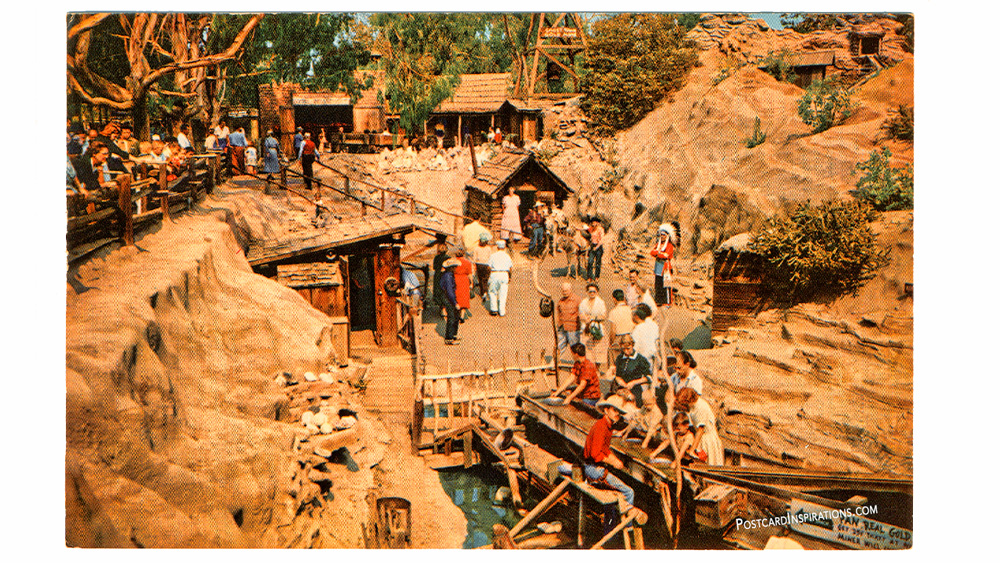
You can relive the thrills and dangers of this early western industry by climbing aboard a real ore car for a tour of the mine.
When Knott opened his first real “premium experience” ride at his park in 1960, the Calico Mine Ride, Disney loved it. He found the work of the designer, Wendell “Bud” Hurlburt, so clever, with the way the line for the ride was mostly hidden by the mountain’s façade. This design made the line to the ride look shorter than it was, and also made waiting in line part of the attraction. Disney was quick to incorporate these ideas into his own park, adding them to the newest rides there as they were designed. In fact, Disney began visiting Knott’s park more often after this, not only to visit with Knott but to talk to Hurlburt to brainstorm new ideas with him.
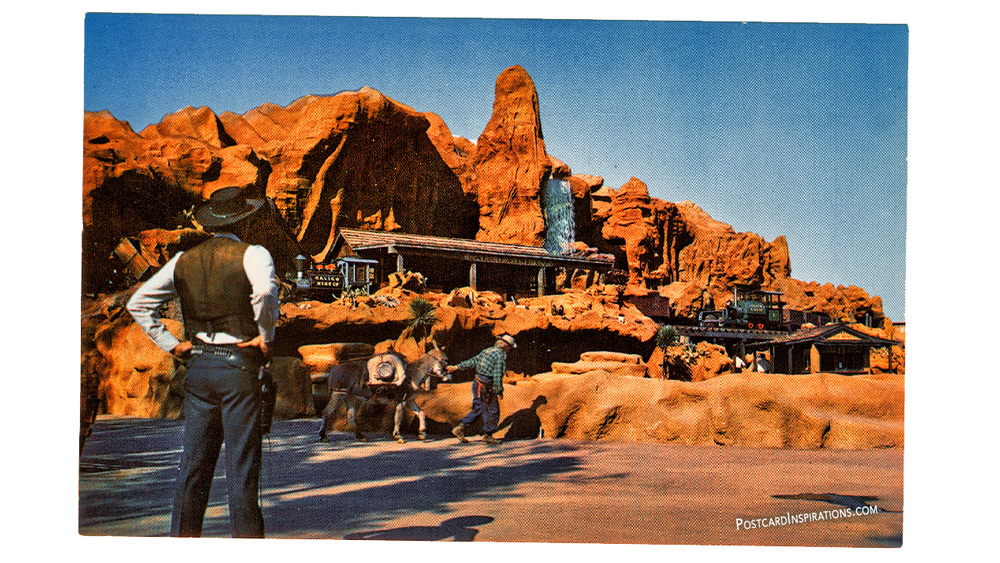
The sheriff looks with amazement at the mountain inside of which Calico Mine Co. blasts and digs out Gold and Silver ore. In the mountain are also wondrous underground caverns and steam geysers. Open to the public via the Calico Mine Co. ore train.
The two Walters remained excellent friends until Disney passed away in 1966. Yet, even with Disney’s leaving of this earthly plane, the relationship between the two parks remained as strong as ever. Knott displayed a guestbook with Disney’s signature in it in a frame at his park. Disneyland sometimes borrowed parts from Knott’s park when its own rides, particularly the carousel, would break down and need repairs. A future Disney Imagineer named Tony Baxter left his Disneyland ride operating job early one day in 1969 to attend the opening party for Knott’s Timber Mountain Log Ride (which was also designed by Hurlburt, and on which famed actor John Wayne was the first rider). Exactly one decade after this, Baxter designed his first ride at Disneyland, which was Big Thunder Mountain Railroad, a ride whose direct inspiration came from Knott’s Calico Mine Ride. It’s been almost eight decades since the two Walters became friends, and both are gone from this world now. Yet, the spirit of their friendship continues in the two parks that bear their names. The inspirations they took from one another, their collaborations, and the genuine fondness they had for each other is evident in a lot of things in both parks. While Knott’s park was more homespun and Disney’s was more polished, they both provided things the public desired, and both parks are still appreciated today. This means the wonderful things the friendship of the two Walters produced will live on.
